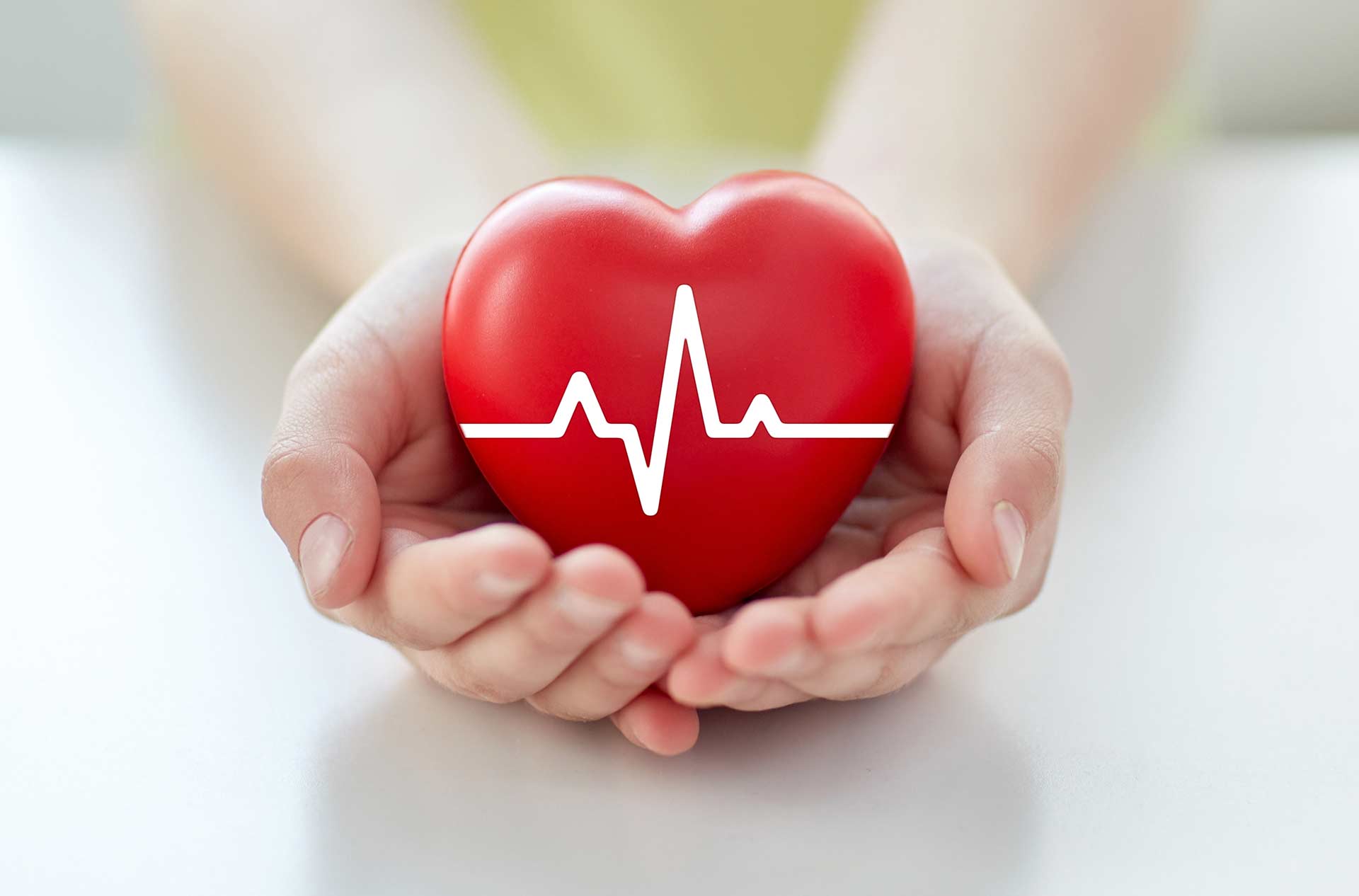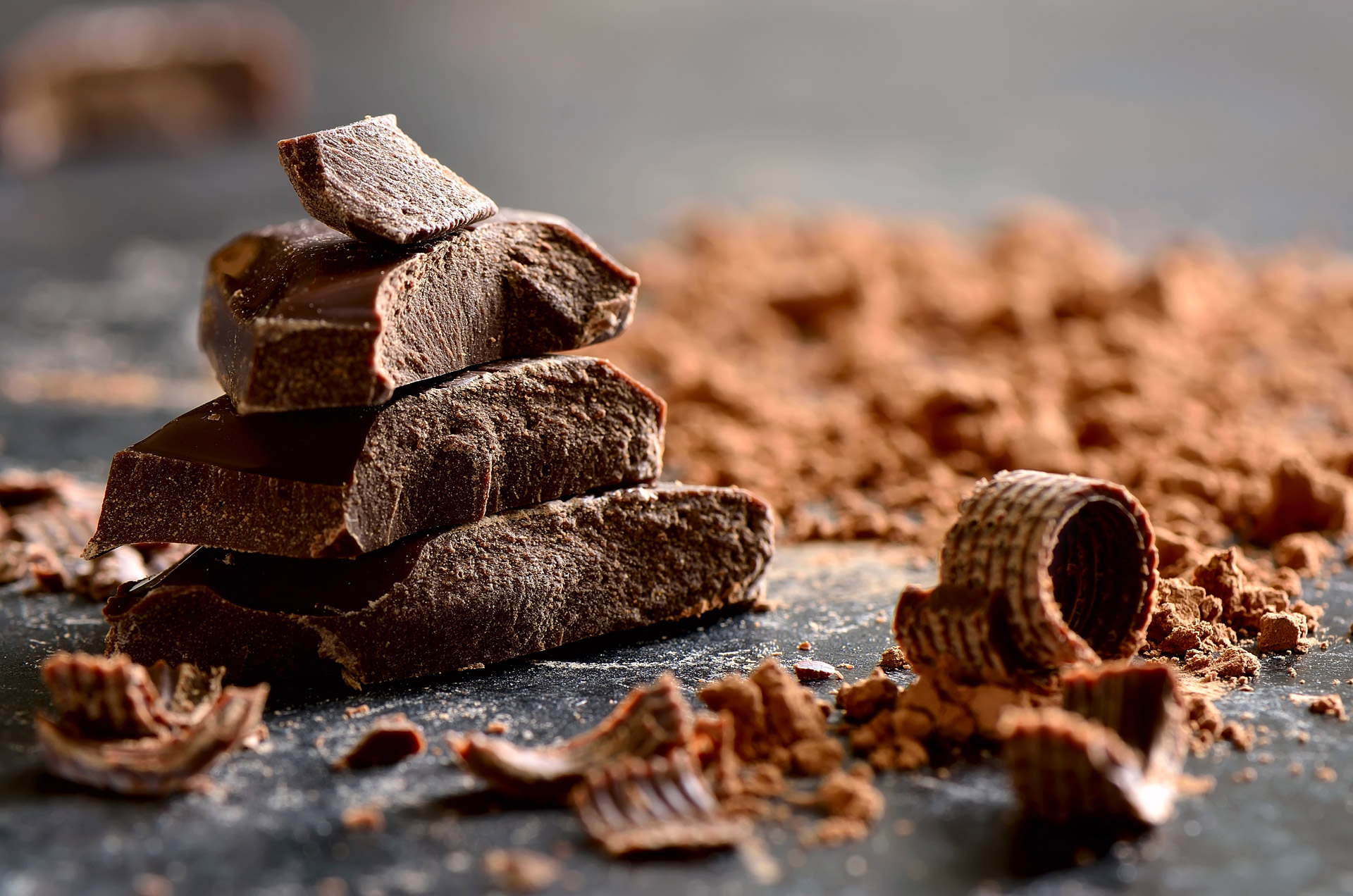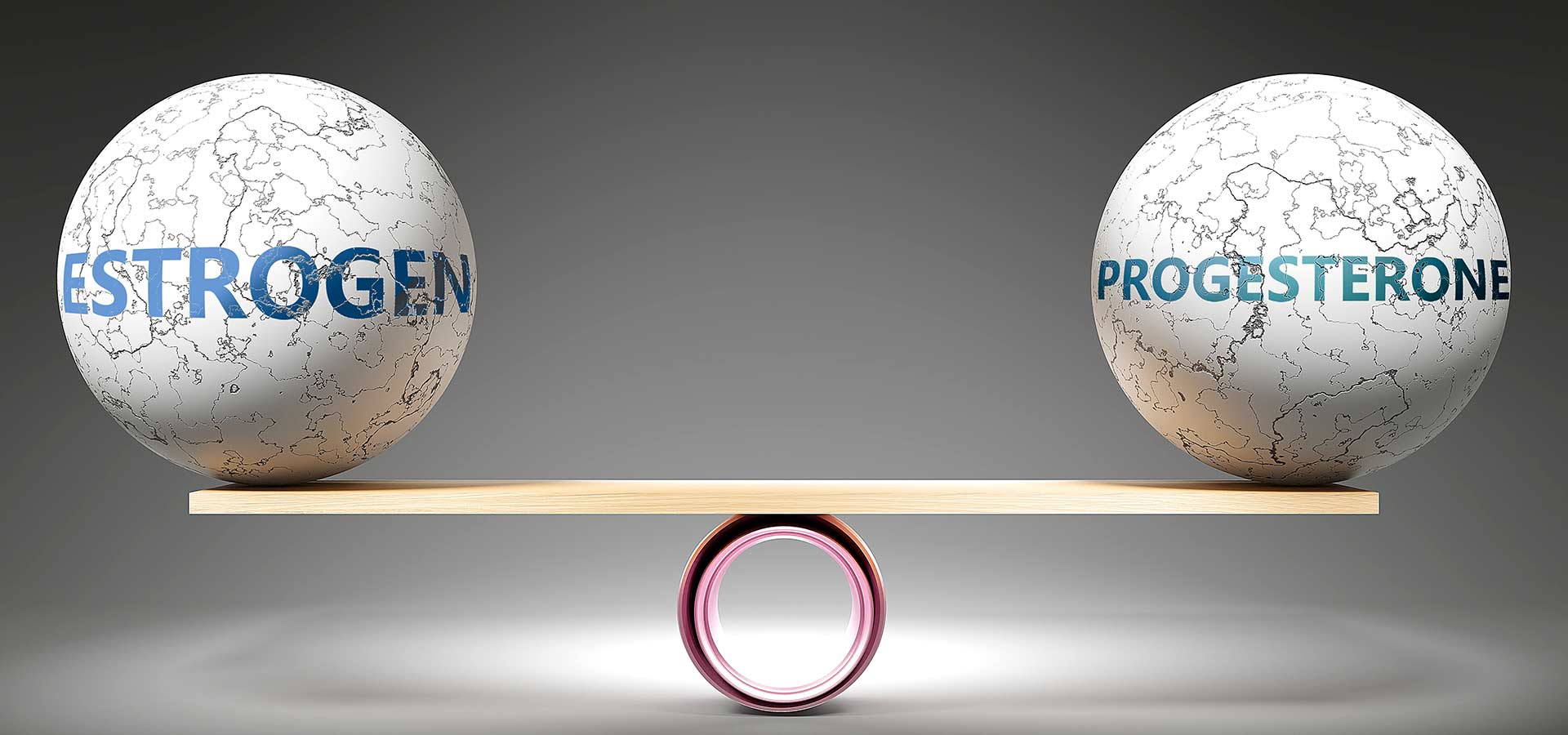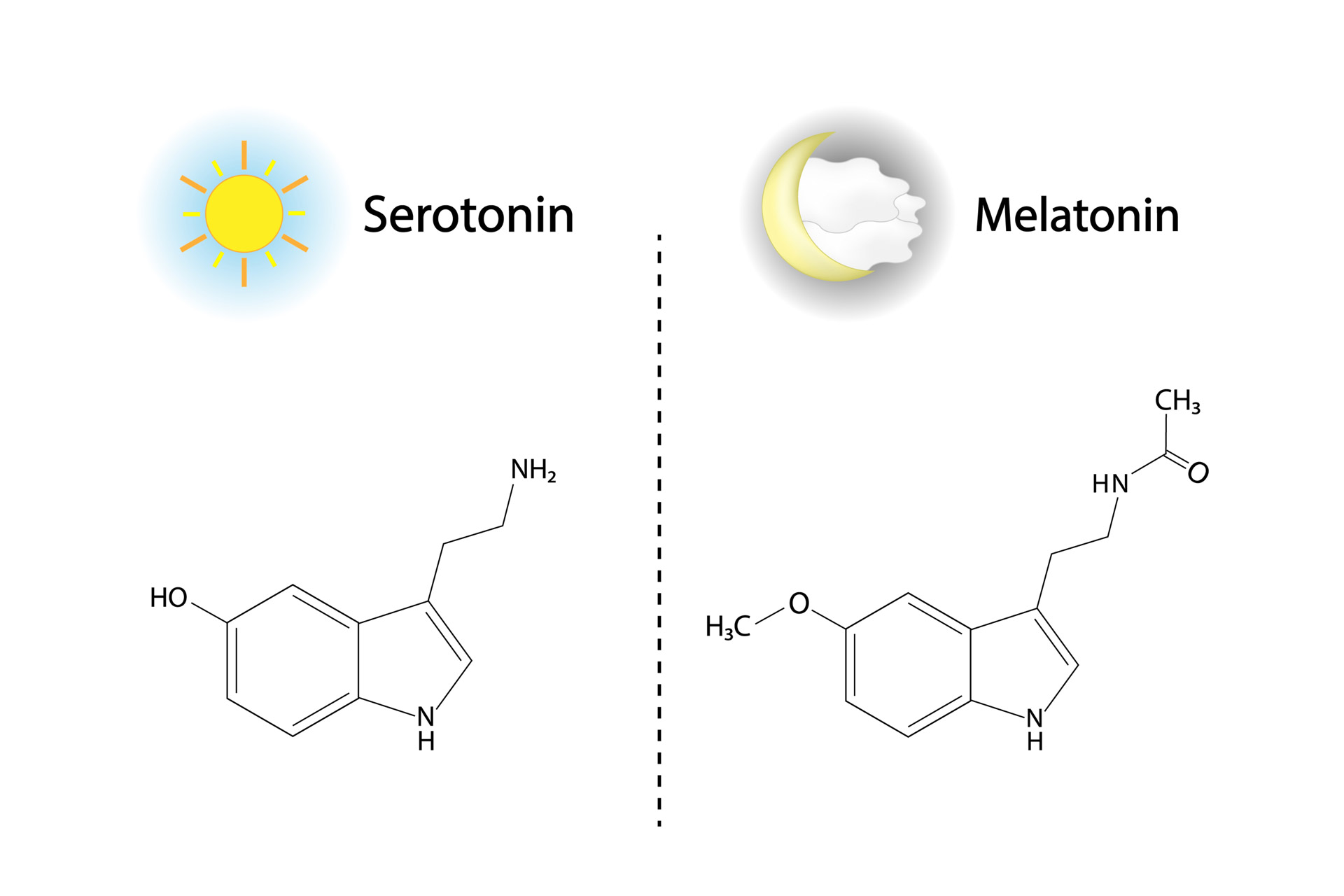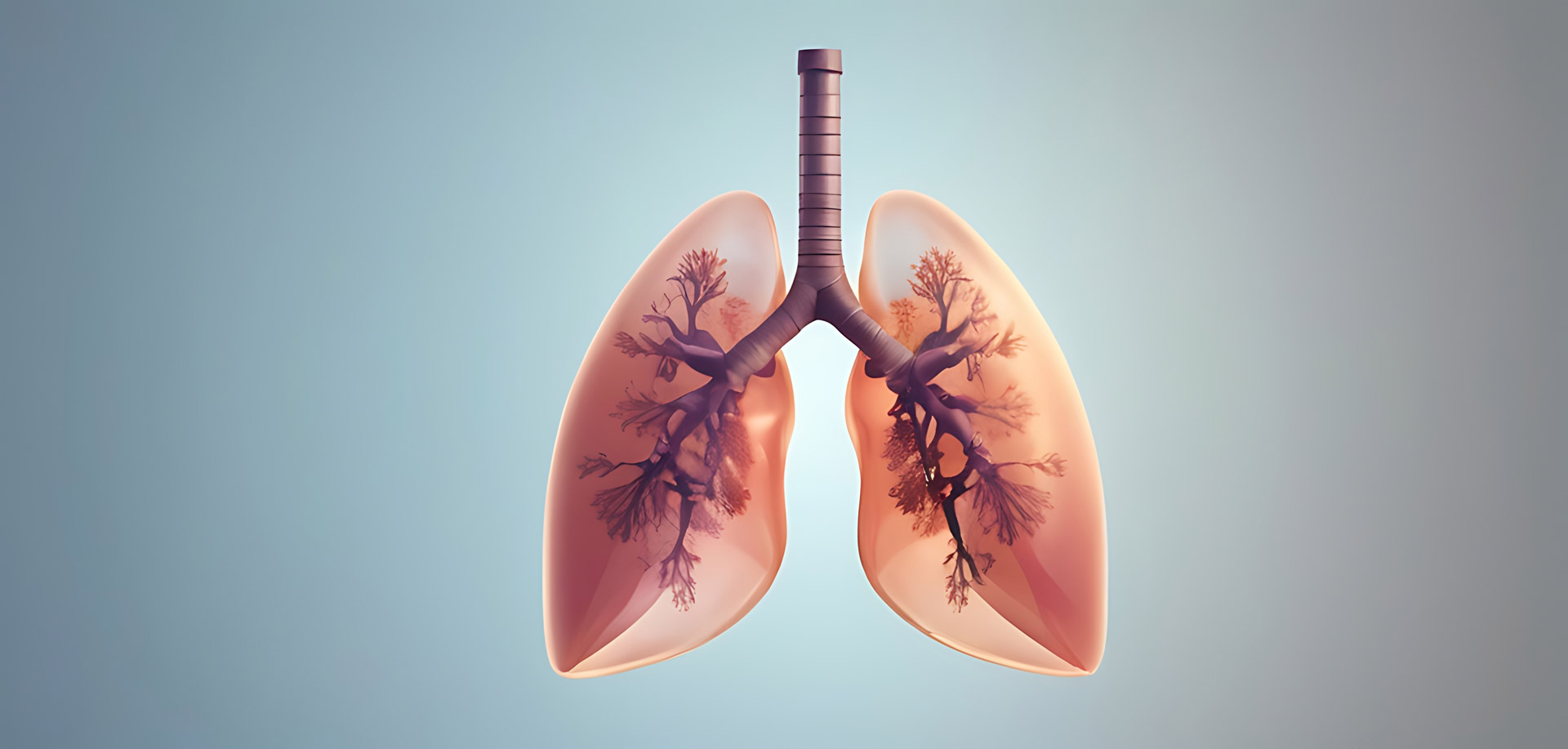In my 28 years of being a personal trainer I’ve never had those thoughts, until recently.
No doubt there are varying degrees of quality and methodologies when it comes to health and fitness. Like any profession you get good ones and you get….not so good ones.
But with the ever-increasing popularity in social media, we tend to turn to the internet for advice and expertise when unsure. The internet has the first and last say on most if not all matters.
There is upsides to having such access to information. It hands over some responsibility and accountability to the individual. It lets the person become a player or participant instead of a witness to what happens to them. This proactive approach can be powerful in that they are not resorting in the mentality of someone having to “fix them.”
However, the internet does require some critical thinking skills to wade through the mass amount of information and misinformation.
Curiosity can bring you to WebMD.com wondering why you have a prolonged rash and within 30 minutes you are getting your affairs in order and deciding where your ashes will go.
Before we throw the baby out with the bath water let’s put this in some context first. As I mentioned, I’ve been in the health and fitness industry for 28 years. Prior to that time of starting my business and formal training I read whatever I could get my hands on (pre internet). Books, magazines, newsletters in the mail, whatever I deemed that I may learn from.
The one thing I didn’t read was the “trash” magazines you would see at the checkout line. Snuggled next to the National enquirer and a headline like, ‘Prince William and Harry fighting with each other’ would be a magazine touting, ‘Eat this food and melt pounds away” or “this exercise will burn fat wherever you want your.” These were the original click bait headlines and sole purpose was grabbing your attention and selling the magazine. Unfortunately, scanning through Instagram or TIK TOK shorts gives me the same feeling as those grocery store magazines. I’m left thinking, “people actually believe this stuff?!”
Let me be the first to say I’ve made my share of mistakes even with the sole intention of helping a client. Fortunately, after repeatedly seeing failed attempts of certain recommendations of exercise prescription I’ve built enough reference points to weed through the bullshit or give credence to new ideas.
Unfortunately, if you happen to click on one of thes ” Lose 10 lbs when you eat this herb” videos you get inundated by ads for the next couple weeks. I’m partly amused and disgusted at the same time. Amused that people are using these click bait titles and also disgusted that people are being duped.
I’m fortunate to have the background to see through the crap but I’m ticked off that people are being misled and/ or lied to for strictly monetary reasons.
One of the clear downfalls of the health and fitness industry is the advice given can come from someone with zero background in fitness and health. For example, I tend to listen to various podcasts in my car while driving to some clients. It could be a sports podcast, politics, comedy or whatever mood I’m in that day. Just a few weeks ago I was listening to a podcast about entrepreneurs. It was feel good stories of people who changed their lives when they put in the effort. The couple being interviewed have been very successful with their online business. Im talking $100,000 a month successful. They talked about how they started and built their website. They also talked about catering to trendy topics. In particular the keto diet which they have their very own program and sell. They admitted their keto program they developed was a very good seller for them. The host happened to question the pronunciation of the word keto and the guest replied, “I’m not sure really.” (insert white guy blinking gif)
Her background was an accountant and just switched to the online health and wellness business under 3 years ago. Now, I highly recommend you don’t ask me for accounting advice. I think you see my point.
There’s a chance I may be the idiot here. They are the ones making big coin. Personally, with good conscience I couldn’t sell advice to people knowing it’s wrong or that I’m not informed on the topic. I’m not against people succeeding. Not at all. But, I am against people being misled or misinformed. Food has a huge impact on how we look, feel, think and act. Call me crazy but someone who has little knowledge in health and wellness shouldn’t have control over your feelings, mood and health.
This is the case in the industry however. An attractive 22 years old with low body fat is representing products or a certain program and it’s “hook line and sinker” for the reader. This isn’t new to marketing but I’m just a little surprised at the effectiveness of it. I’m surmising the buyer today should be more savvy with having google at their finger tips. Sure, it’s an emotional decision many times and logic is cast aside but I’m guessing many of these buyers are not first time buyers of the “get lean in 43 seconds” program. These programs that promise quick results. That promise minimal effort or just add this ingredient to a “just drink this one thing” wreak of B.S.
I feel for those who get suckered in by sleek advertising. They hit at people’s pain points and promise to take you to the land of milk and honey. These quick fix exercise programs set people up for failure. They lead to disappointment. It leaves people discouraged. “I’ve tried everything it’s just the way I am.” is the resulting mantra. People develop the mindset that they need to starve themselves. They are yo-yo exercisers. They start the program with high hopes and when the results don’t happen the motivation goes down the toilet.
If you’re ok with that then great! But if you’re eternally searching then please make sure the headlines pass the smell test.
If they promise melting fat in a certain g area or 10 lbs in a short time then please run in opposite direction – FAST!



